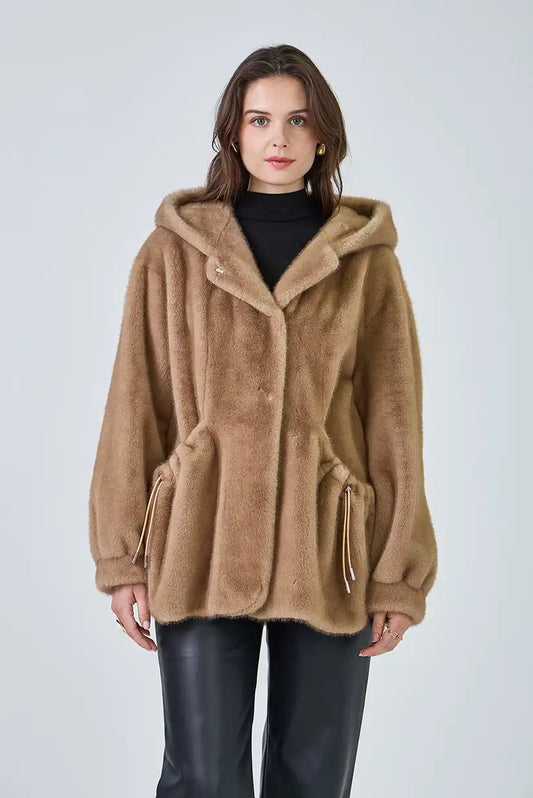The fashion world has undergone a significant transformation in recent years. Fast fashion has dominated much of the market, offering clothing and accessories at low prices, but at a high cost to the planet and people. However, a powerful and conscious alternative has emerged: slow fashion , a movement that promotes quality, sustainability, and social responsibility. In this article, we explore the differences between these two models and why ethical fashion is the best option for those seeking more conscious consumption.
What is Fast Fashion?
Fast fashion refers to the mass production of clothing and accessories at low costs and with very quick delivery times. Brands of this type constantly launch new collections, which encourages consumers to buy frequently to stay on trend. However, behind these affordable prices and constant product renewal, there are worrying consequences:
• Environmental impact : Fast fashion uses large amounts of natural resources, such as water and energy, and produces tons of textile waste that ends up in landfills.
• Working conditions : In many cases, fast fashion garments are manufactured in developing countries, where workers receive low wages and work in precarious conditions.
• Low quality : Fast, cheap production often results in low-quality clothing that deteriorates quickly, encouraging the “use and throw away” cycle.
What is Slow Fashion?
In contrast, slow fashion focuses on quality over quantity, promoting a more sustainable and ethical production model. Unlike fast fashion, slow fashion seeks to:
• Sustainability : Slow fashion focuses on durable and sustainable materials, such as vegan or recycled products, reducing the environmental impact.
• Fair working conditions : Slow fashion brands often work with artisans and factories that ensure fair working conditions and decent wages.
• Timeless design : Slow fashion products don't follow seasonal trends; instead, they create timeless pieces that endure, both in their design and quality.
Benefits of Investing in Ethical Fashion
Opting for slow fashion, and consequently, ethical fashion, has multiple benefits for both you and the planet. Here are some reasons to take the plunge:
1. Durability and quality : By investing in slow fashion products, you're purchasing garments and accessories that are made to last. Instead of replacing a purse or bag every season, you'll have pieces that will last for years.
2. Lower environmental impact : By choosing brands that use sustainable materials and produce responsibly, you're helping to reduce the fashion industry's ecological footprint.
3. Supporting workers : Ethical fashion promotes fair working conditions, ensuring that the people behind each garment or accessory receive fair treatment and wages.
4. Unique style : By opting for slow fashion products, such as those from At CHICA del Sur , you can enjoy exclusive pieces, designed with attention to detail and with an aesthetic that fuses tradition and modernity.
Southern Girl and the Slow Fashion Philosophy
In At CHICA del Sur , we firmly believe in ethical fashion and the principles of slow fashion. Each of our products, from backpacks to wallets, is made with 100% vegan and cruelty-free materials. We value quality, craftsmanship, and timeless design, so that each piece is not just an accessory, but also a statement.
When choosing products from CHICA del Sur , you are not only investing in conscious fashion, but you are also supporting a sustainable business model that respects both people and the environment.
How to Make the Switch to Ethical Fashion
Making the leap from fast fashion to slow fashion is easier than you think. Here are some tips to help you start making more conscious choices:
• Buy less, choose better : Invest in quality pieces that you really need and can use for years.
• Look for sustainable brands : Research brands that align with your ethical values, such as Southern Girl , and choose responsibly made products.
• Take care of your clothes : Extend the life of your fashion products by following responsible care practices, like the ones we've shared on our blog.














